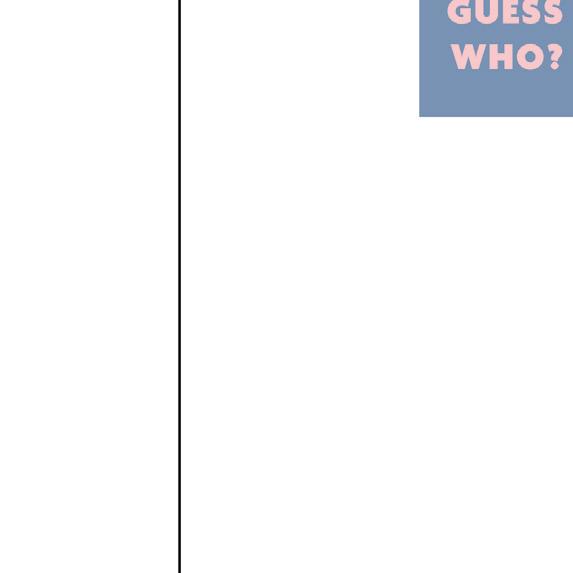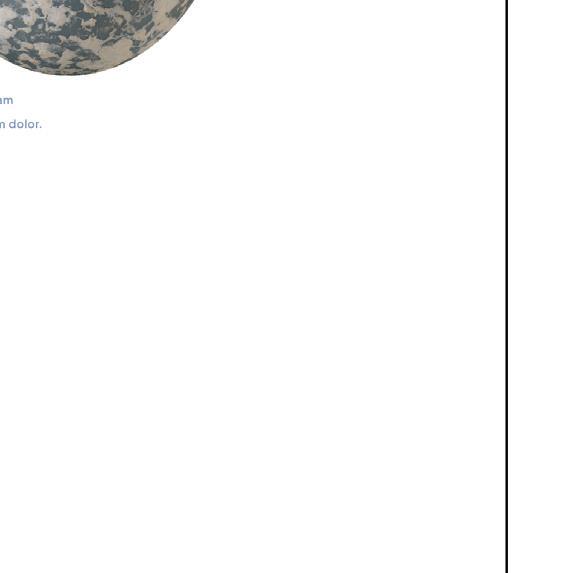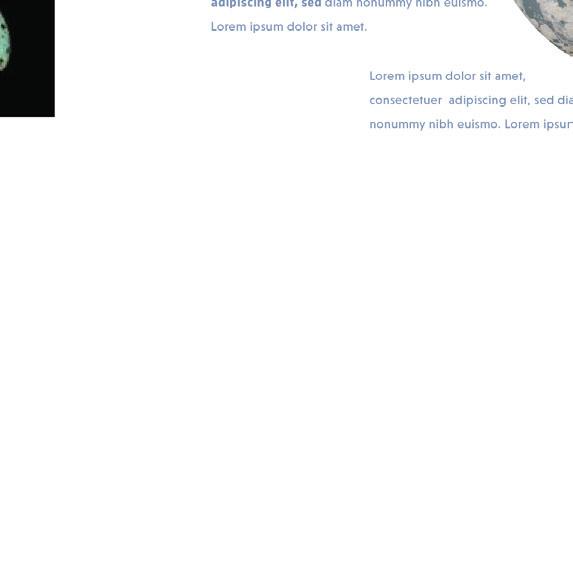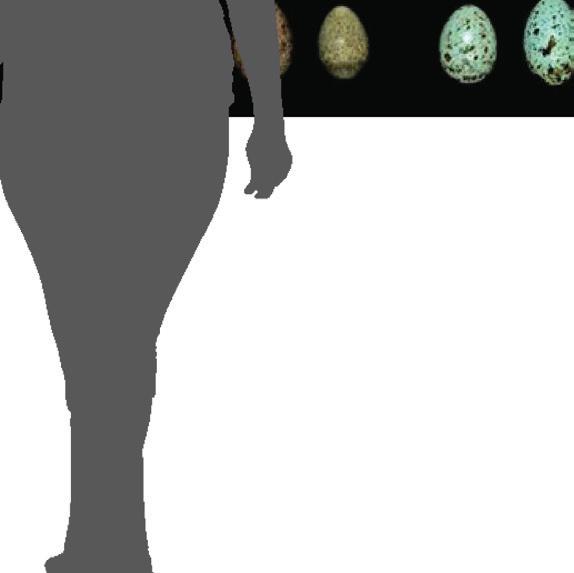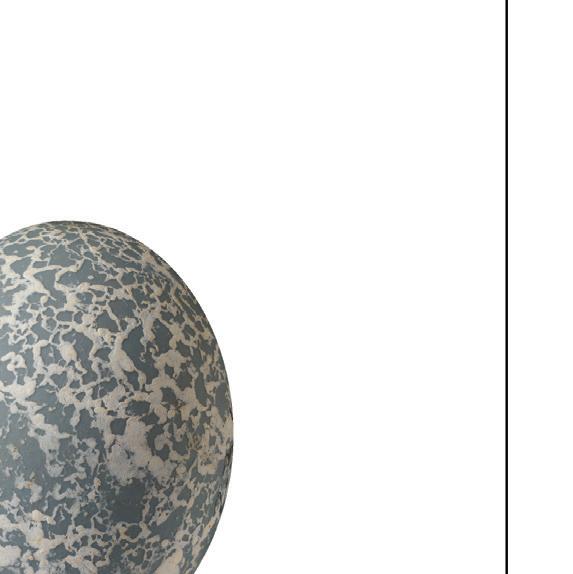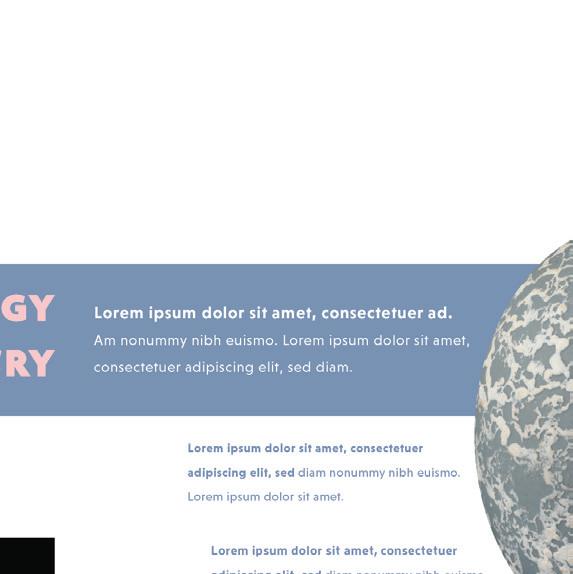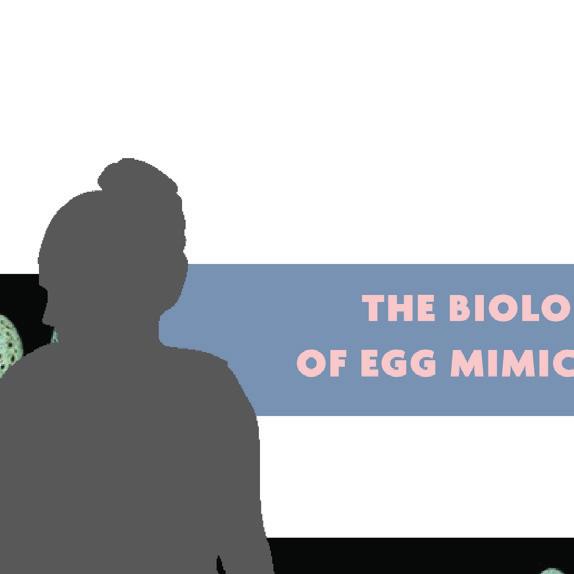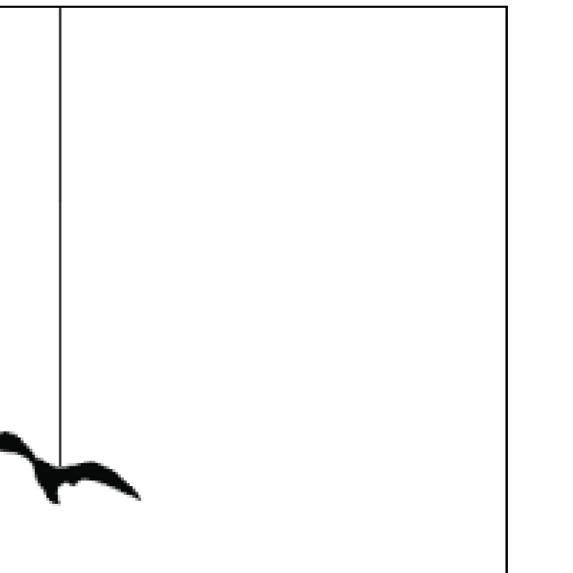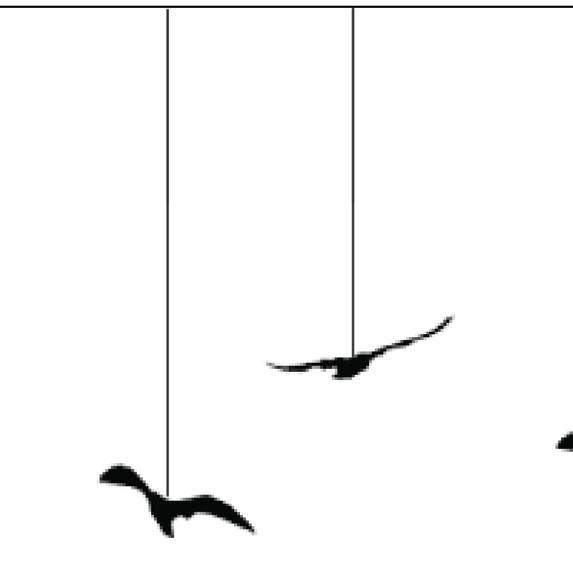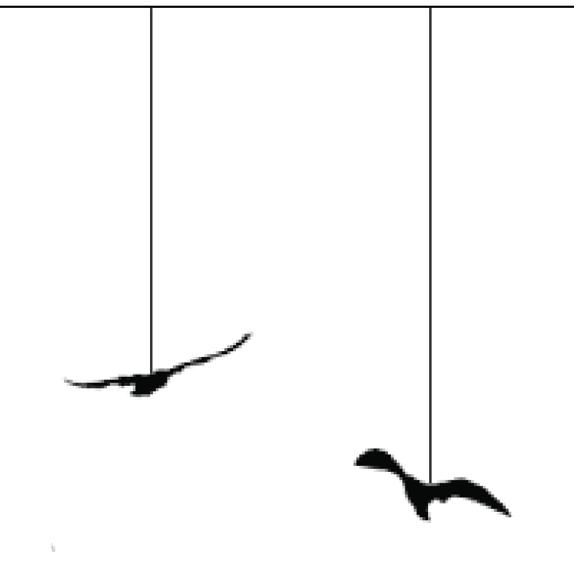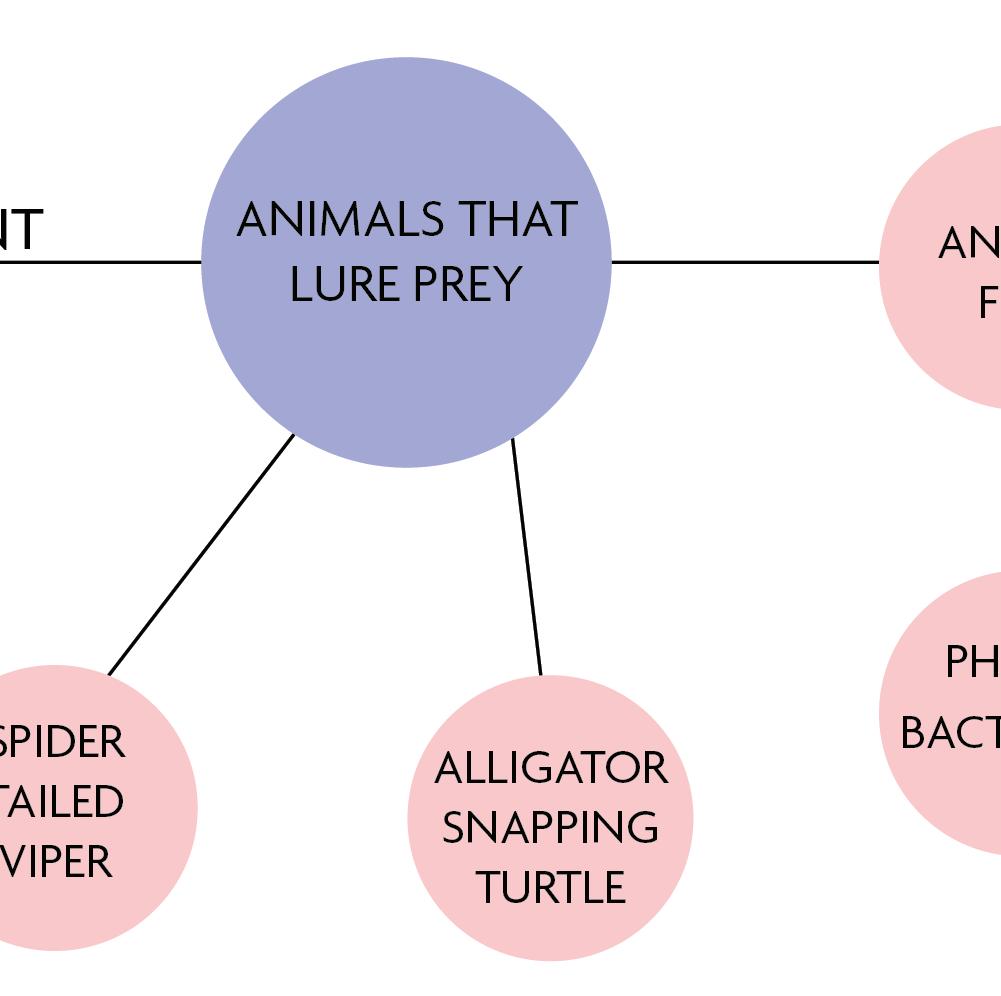
8 minute read
WALKTHROUGH
OUTSIDE OF GALLERY
A family walks up to the Masters of Deception: Amazing Animal Imposters exhibition and sees natural history specimens contained within spherical, concave glass cases embedded in the exterior gallery walls. As they move closer, they notice the wall is spattered with white silhouettes and reliefs of different types of animals.
Advertisement
The child begins to explore these elements, and upon seeing their child engage in the process of discovery, the parent asks the child to identify the animals they recognize. They both move in awe to take a closer look at the real specimens, which are are grouped together in a curious manner.
Why would an octopus, a butterfly, and what looks like a bee, be shown together? As visitors move through the exhibition, the species’ unusual relationships and groupings will be revealed.
TO EVADE
INTRO
TO HUNT OUTRO
TO HIJACK
MASTERS of DECEPTI N
amazing animal imposters
Lorem ipsum dolor sit amet, consectetuer adipiscing elit, sed diam nonummy nibh euismod tincidunt ut laoreet Lorem ipsum dolor sit amet, consectetuer adipiscing elit, sed diam nonummy nibh euismod tincidunt ut laoreet dolore magna aliquam erat.
Ut wisi enim ad minim veniam, quis nostrud exerci tation ullamcorper suscipit lobortis nisl ut aliquip ex ea commodo consequat.

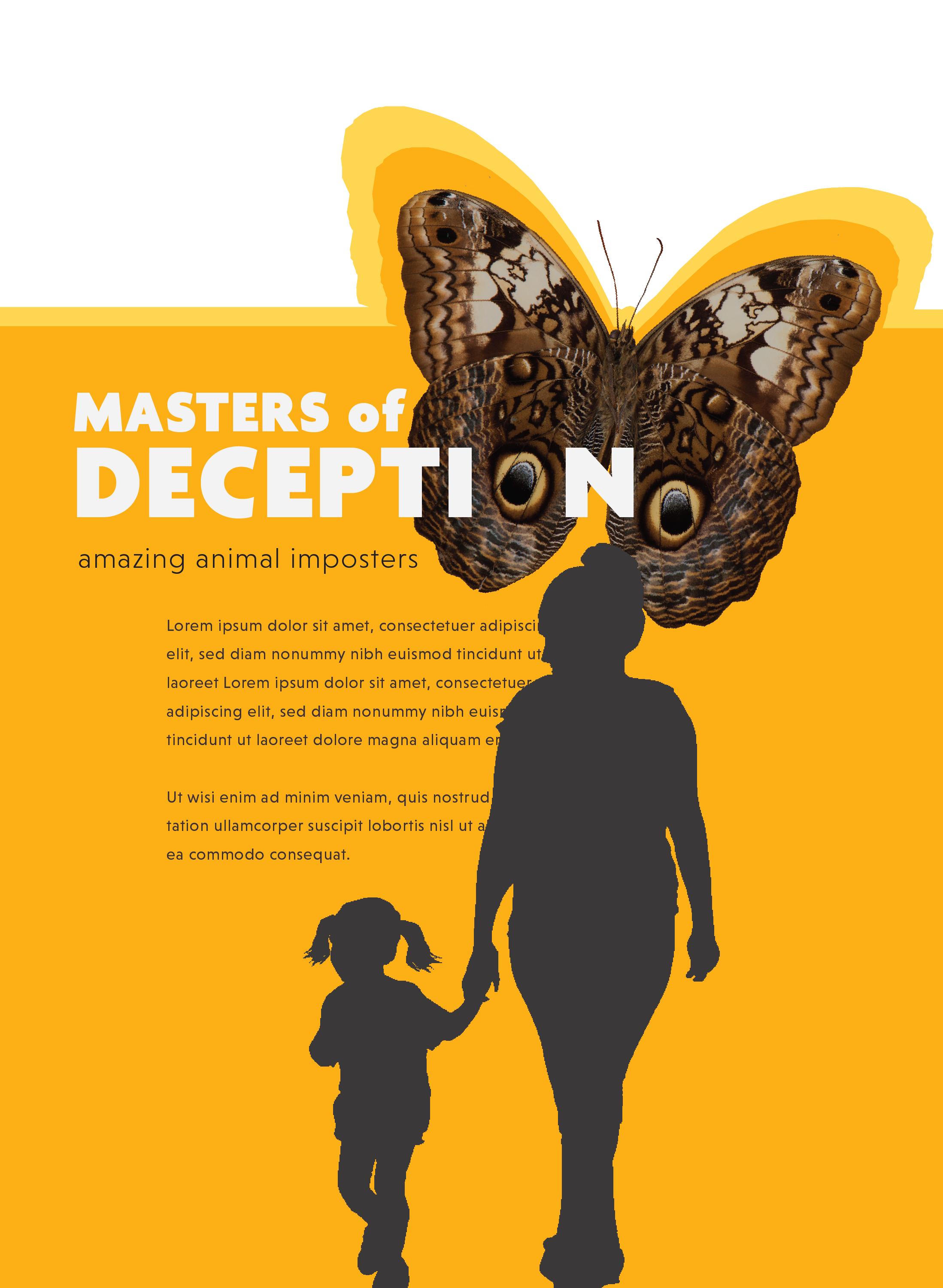
TITLE WALL
The title wall is also visible from the outside and incorporates an enlarged graphic of one of the owl butterflies featured in the exhibit. The “O” in “Deception” is replaced by an eye spot on one of the butterfly’s wings.
TO EVADE
INTRO
TO HUNT OUTRO
TO HIJACK
TO EVADE
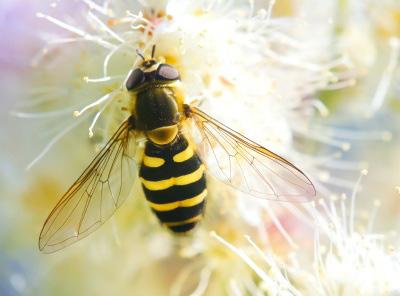
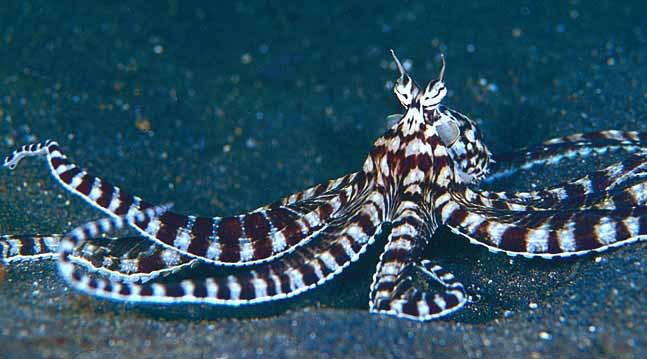
The section is the first major section and focuses on how animals — like the mimic octopus, owl butterfly, and hover flies — imitate other species to appear more dangerous and escape from their predators.
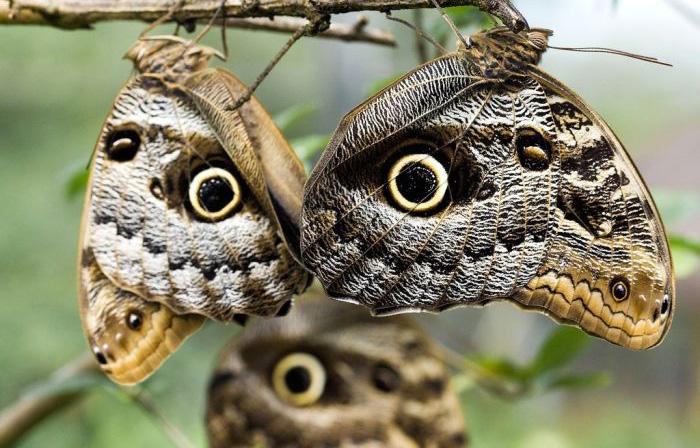
TO EVADE
The family watches videos about the mimic octopus, and is astounded by the different poisonous animals it mimics. They enjoy interacting with a quiz-like panel. These games ask the viewers to make a guess about which animal they believe the octopus is imitating. Opening the panel will reveal the answer.
Together they explore the science behind mimicry - how is the octopus able to mimic different species? They read about chromatophores and how these cells allow the octopus to be a master of deception. This section also contains a subsection about owl butterflies whose spots on their wings resemble owl eyes. The visitors encounter a sweeping display of many of 100 specimens of owl butterflies on the wall, and just above are their predators that loom over their prey. In this section, the two visitors learn how these eyespots have been selected for in their biological history and discover how a trait like this evolves.
As they meander, they approach a third wall and hear the sound of bees buzzing. The trickster animals in this subsection are actually harmless hoverflies, which share the coloration patterns similar to bees and wasps. An enlarged image of a bee and hoverfly is shown on the wall so that the visitors can visually appreciate the animals’ similarities. The image is complemented with text that describes how to tell these two almost identical animals apart. The parent and child both receive a magnifying glass so they can examine the hoverfly and bee specimens with more scrutiny. Through their action, they explore the science behind warning coloration and discover how specific patterns and colors signal meaning across species.
Some animals mimic other animals to
AVOID BEING EATEN
Lorem ipsum dolor sit amet, consectetuer adipiscing elit, sed diam nonummy nibh euismod tincidunt ut laoreet Lorem ipsum dolor sit amet, consectetuer adipiscing elit, sed diam nonummy nibh euismod tincidunt ut laoreet dolore magna aliquam erat volutpat. Meet the incredible
MIMIC OCTOPUS
Lorem ipsum dolor sit amet, consectetuer adipiscing elit,
sed diam NONUMMY nibh euismod. Lorem ipsum dolor sit amet, consectetuer adipiscing elit, sed diam nonummy nibh euismod tincidunt ut laoreet dolore magna aliquam erat volutpat.
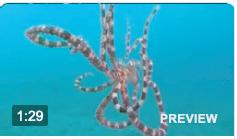
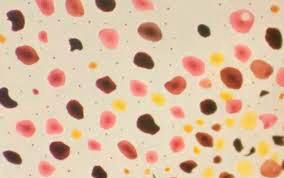
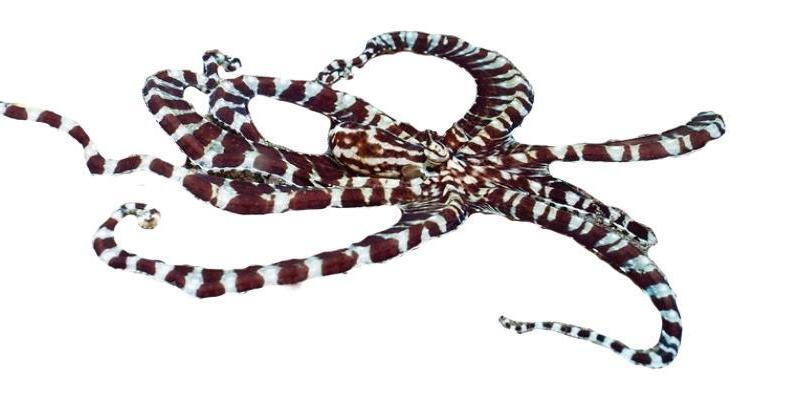
EYE SPOTS
Lorem ipsum dolor sit amet, consectetuer adipiscing elit, sed diam nonummy nibh.
Jeuismod tincidunt ut laoreet dolore magna aliquam erat volutpat. Ut wisi enim ad minim VENIUM, quis nostrud exerci tation ullamcorper suscipit lobortis nisl ut aliquip ex ea commodo consequat.
TO EVADE
INTRO
TO HUNT OUTRO
TO HIJACK
TO HUNT
Before reaching the next gallery, the family enters a dark space to simulate the deep ocean. A moving light on the floor guides them towards the intro panel— “Lure Prey Close”. A large graphic of an angler fish is incorporated into the intro panel introducing clever hunters that fool their prey into coming closer with disguises and spectacular lures.
TO EVADE
INTRO
TO HUNT OUTRO
TO HIJACK
Some animals mimic other species to
LURE PREY CL SE
Lorem ipsum dolor sit amet, consectetuer
adipiscing elit, sed diam nonummy nibh euismo.
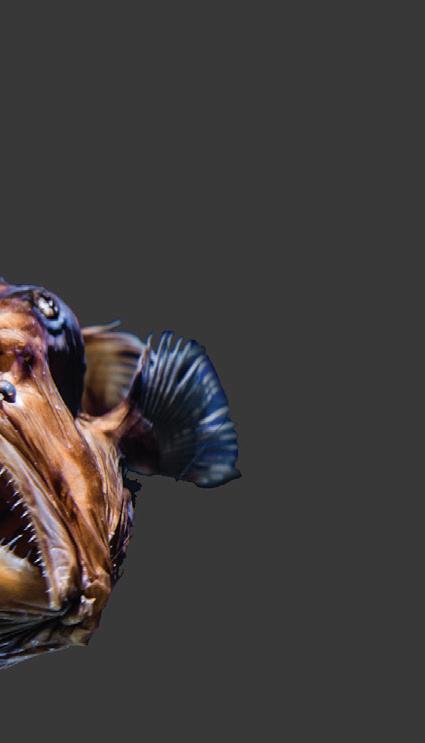
Lorem ipsum dolor sit amet, consectetuer
adipiscing elit, sed diam nonummy nibh
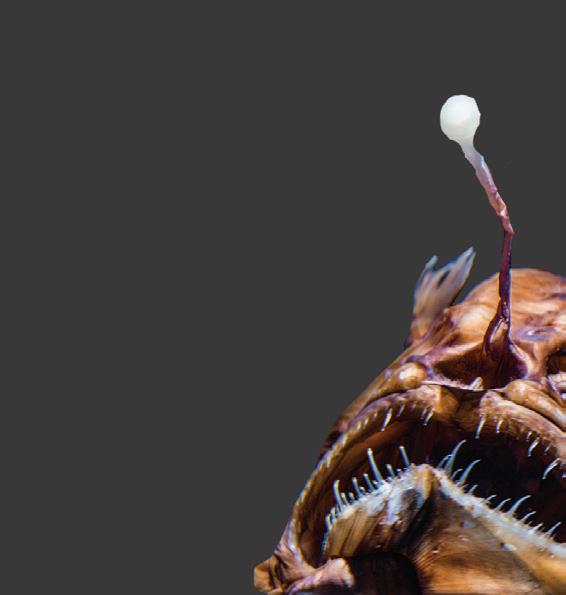
euismod tincidunt ut LAOREET dolore magna
aliquam erat volutpat. Ut wisi enim ad minim
veniam, quis NOSTRUD exerci tation suscipit

TO HUNT
One wall in this section contains the angler fish specimen in a case. Visitors only see the light that dangles from their head. They are prompted to press the button if they dare.
Visitors learn about the science of mimicry behind this lure, which is illuminated by tiny glowing bacteria located in the fish’s elongated bulb.
TO EVADE
INTRO
TO HUNT OUTRO
TO HIJACK THE SOURCE OF LIGHT
Lorem ipsum dolor sit amet, consectetuer adipiscing
elit, sed diam nonummy nibh euismo.
Lorem ipsum dolor sit amet,
consectetueradipiscing elit,
sed diam nonummy nibh
ANGLER FISH
Lorem ipsum dolor sit amet, consectetuer
adipiscing elit, sed diam nonummy nibh euismo.
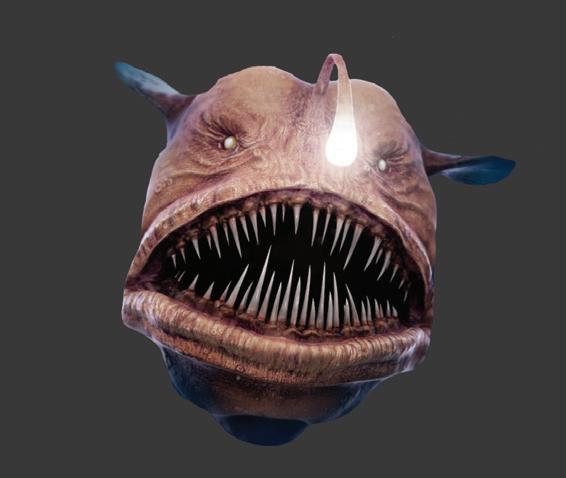
Lorem ipsum dolor sit amet, consectetuer
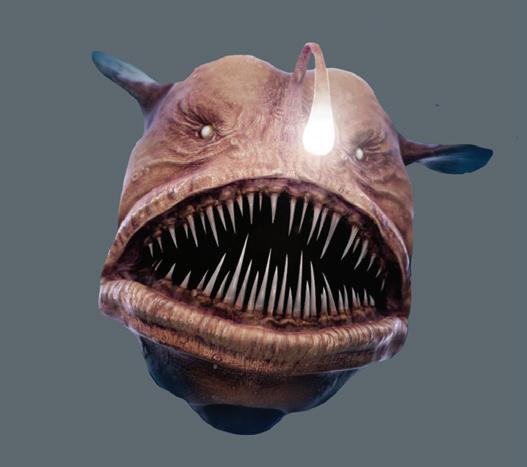
Lorem ipsum dolor sit amet, consectetuer adipisc-
ing elit, sed diam nonummy nibh euismo.
Lorem ipsum dolor sit amet, consectetuer.
TO HIJACK
The visitors enter the last gallery space titled “It’s Complicated”. This section is about animals that mimic other species to hijack food or nests in order to free up time and energy. Though the animals featured in this section fool other species, there is some level of symbiosis and parasitism going on.
The visitors enter the space and see a common redstart bird and a nest, and are prompted to think about how one egg in the nest is not like the other. They learn about cuckoo birds who sneakily lays their eggs in other birds nests. Above them the family sees different species of cuckoo bird specimens hanging above their heads.
As visitors continue they learn about the biology of egg coloration and patterns. The parent facilitates how to spot the differences between the eggs, and after some practice, they are both able to distinguish the eggs of the cuckoo birds who have evolved to look very similar to their host’s eggs. They also learn about other the cuckoo catfish who is named after the cuckoo birds for their sneaky characteristic of laying eggs in the cichlid fish’s mouth! In the final part of this gallery, visitors learn about the fork tailed drongo that mimics the warning call of the meerkat to steal its food. The two watch a very theatrical video that comedically demonstrates the bold drongo fool meerkats.
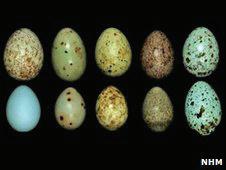
CONCLUSION
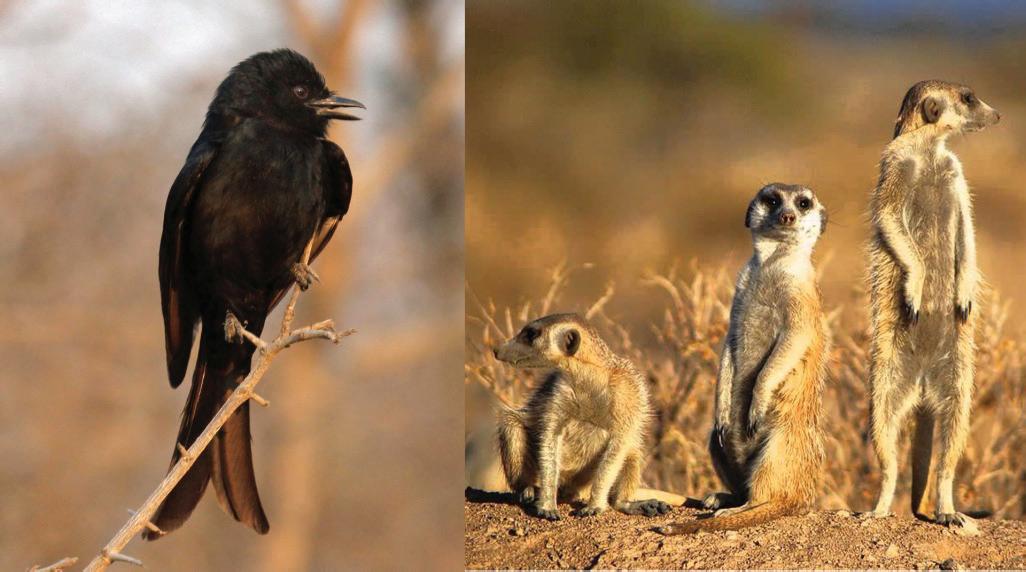
Visitors approach the concluding area with a sense of wonder and are impressed with animals’ abilities to trick. In this last area, visitors remember that humans are animals too and we too mimic other species.
TO EVADE
INTRO
TO HUNT OUTRO
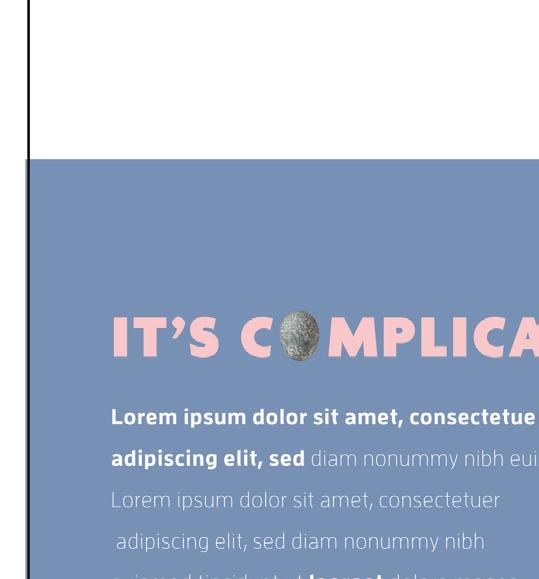

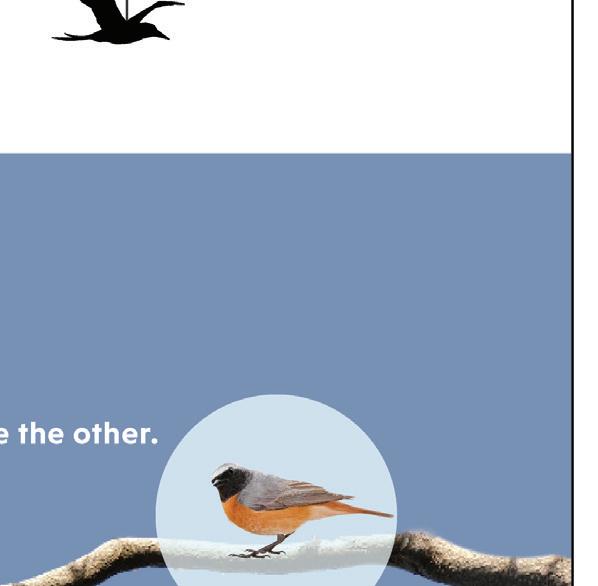
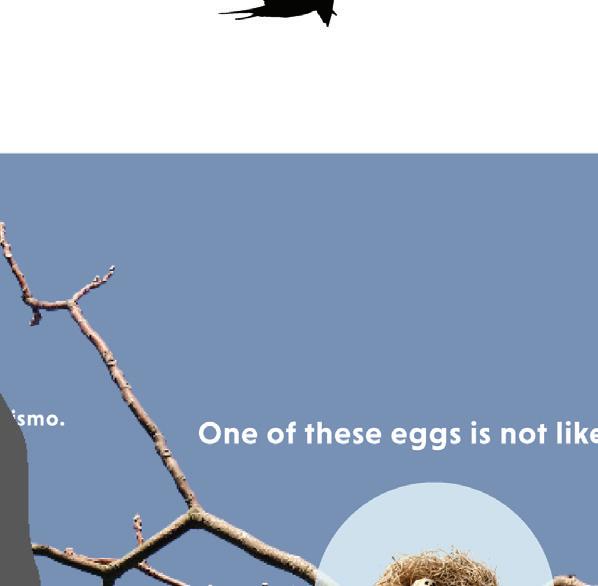
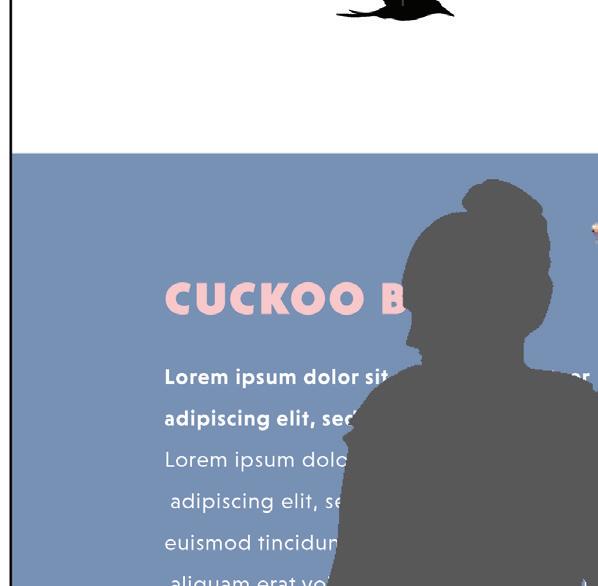
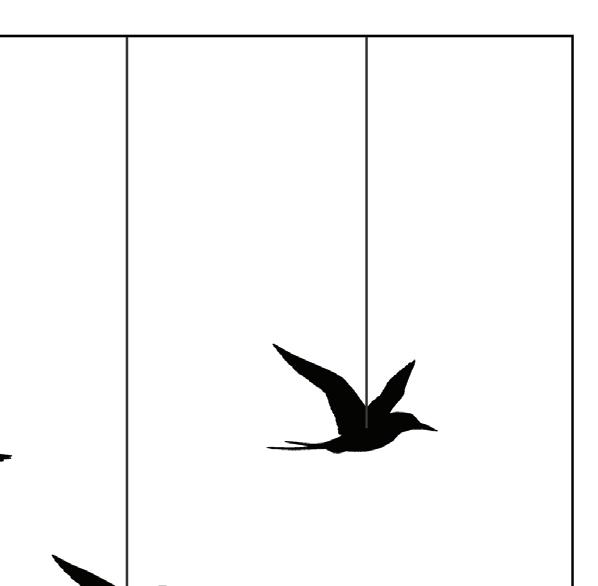
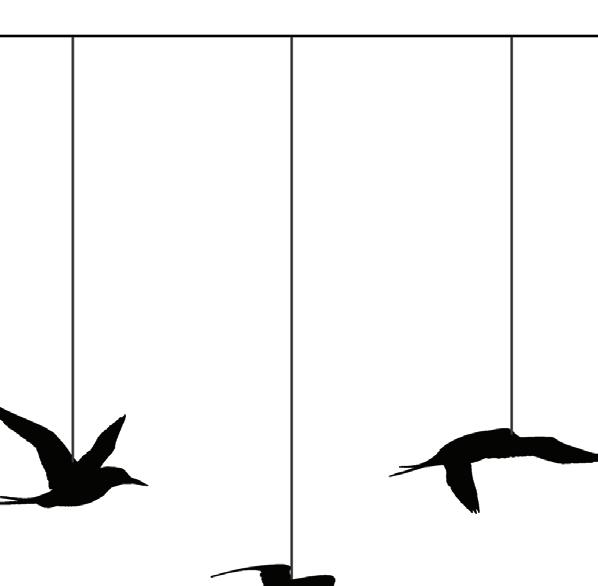
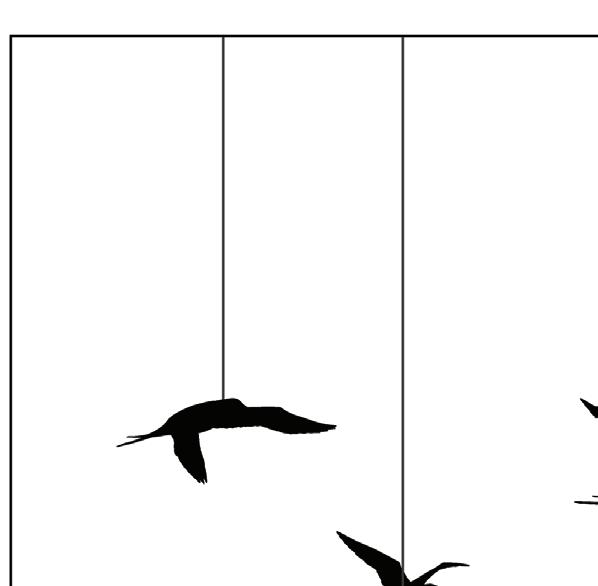

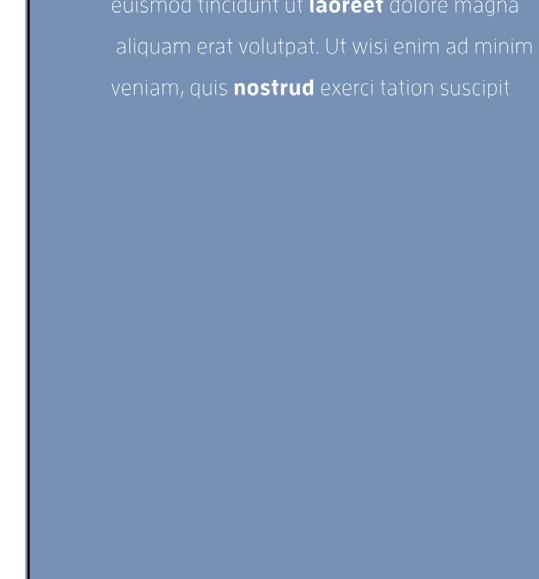

TO HIJACK
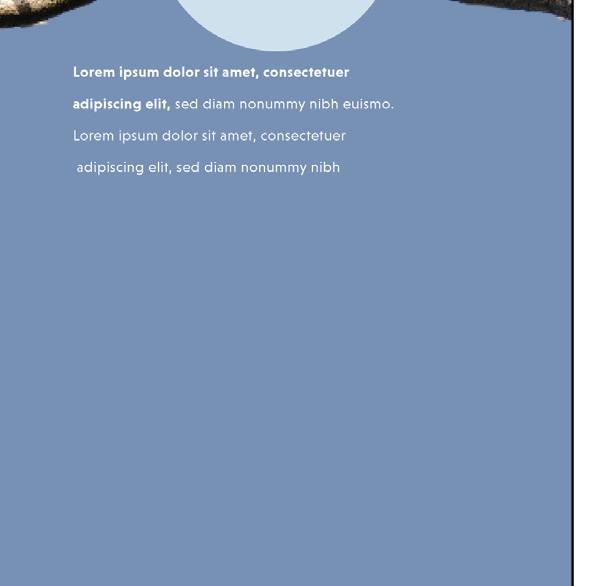
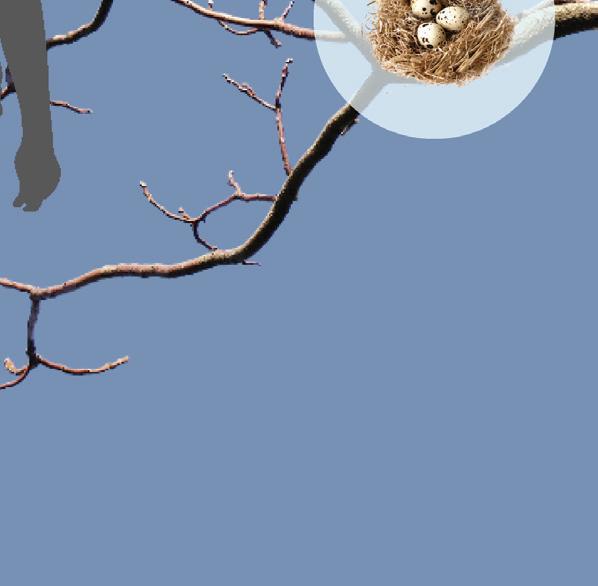
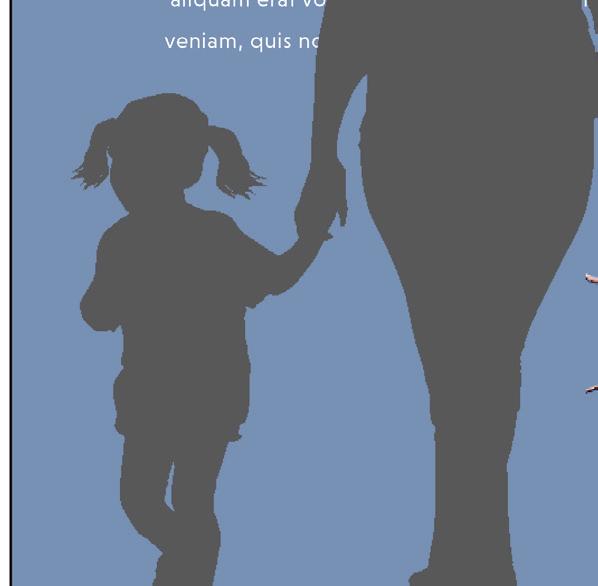
TO EVADE
INTRO
TO HUNT OUTRO
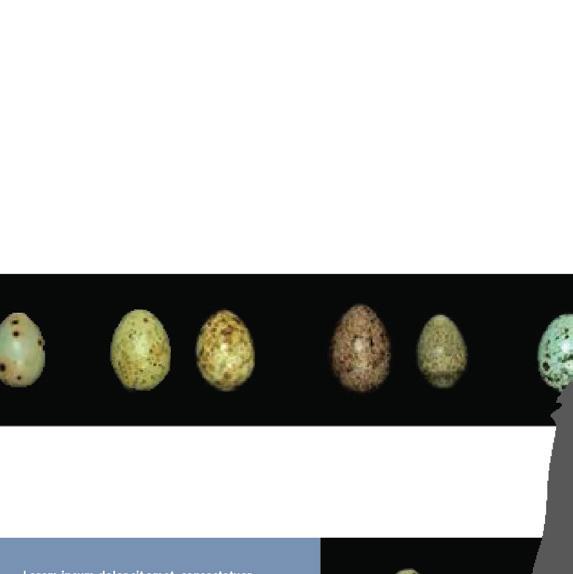
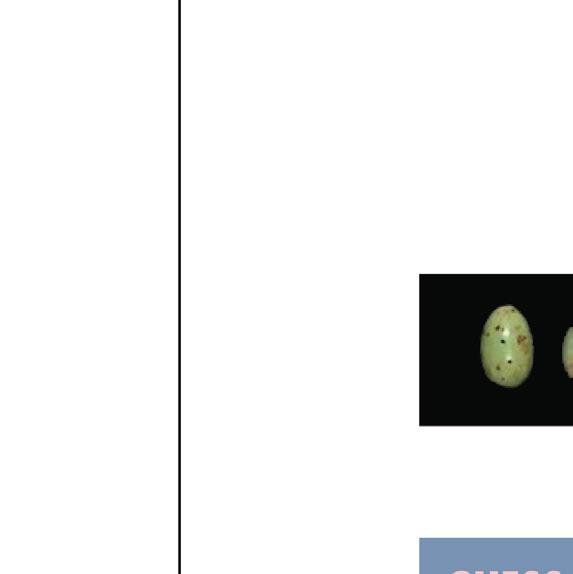
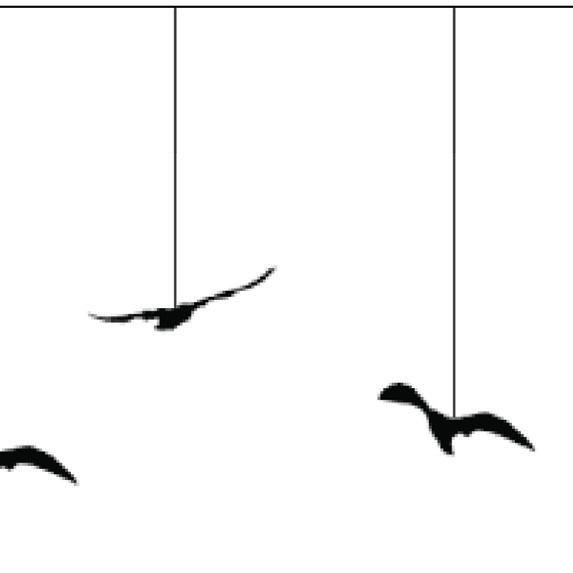
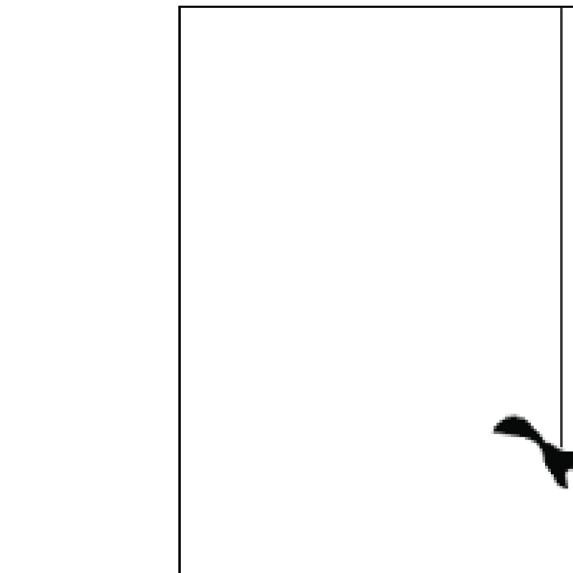

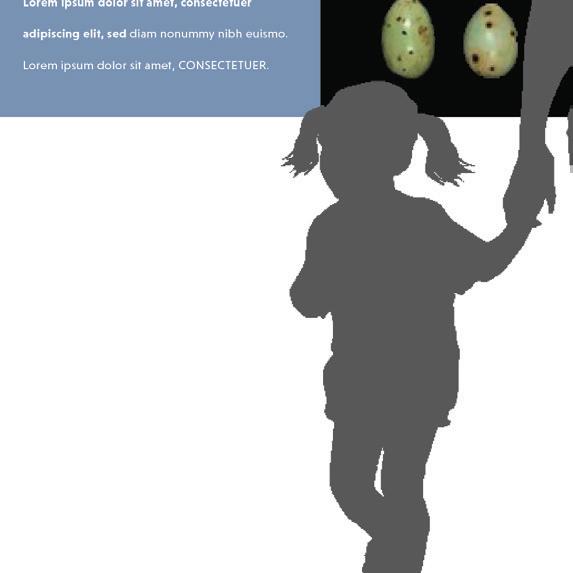
TO HIJACK
